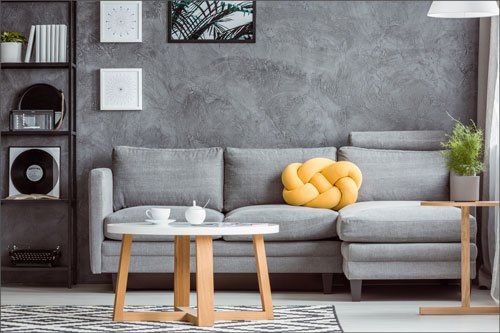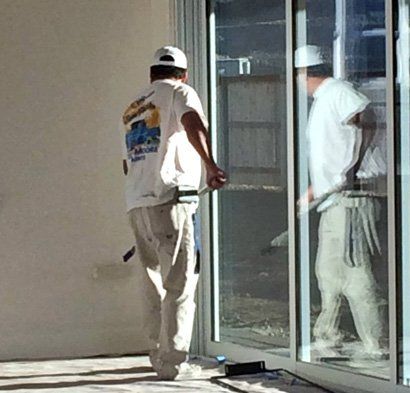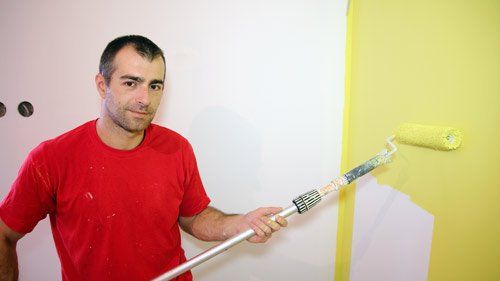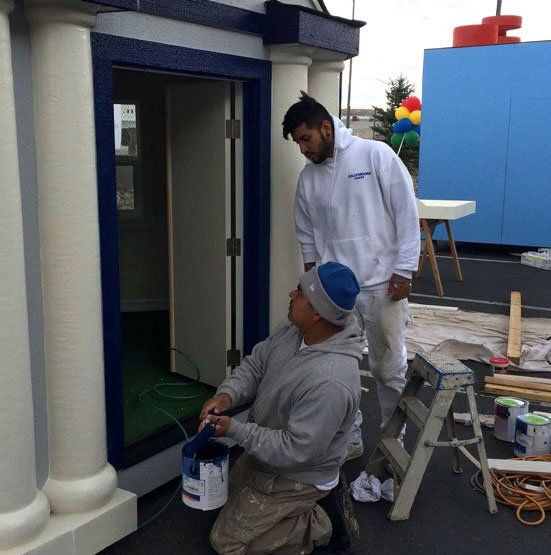Painting Your Fiber Cement Siding | Diversified Painting
- By Admin
- •
- 12 Sep, 2018
- •
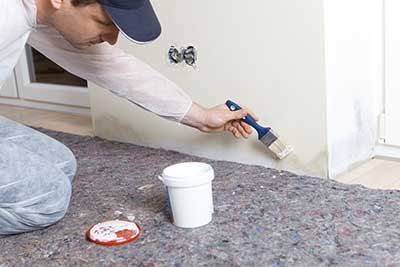
The exterior of your home is an imperative part of its curb appeal and value, but most homeowners do not place much emphasis on maintaining their siding. If your home's exterior is mainly fiber cement siding, you may believe this material will last a lifetime.
While most manufacturers warranty the material for up to 30 or 50 years, the durable fiber cement will require a refinishing at around 15 years. With proper preparation and paint application, you can restore your fiber cement siding to improve your home's curb appeal and value. Using this guide and your contractor's help, you will learn a few key factors to consider before painting your fiber cement siding.
While most manufacturers warranty the material for up to 30 or 50 years, the durable fiber cement will require a refinishing at around 15 years. With proper preparation and paint application, you can restore your fiber cement siding to improve your home's curb appeal and value. Using this guide and your contractor's help, you will learn a few key factors to consider before painting your fiber cement siding.
Preparation
Before you add a fresh coat of paint to the fiber cement, you must prepare the surface. Proper preparation is necessary for you to ensure the siding is in good condition and free of damage and moisture, and preparation is also important so you can make sure the paint adheres to the siding effectively.
During the initial prep work, your contractor will inspect each area of your home's siding. If any areas are damaged due to water or other concerns, you will need to replace the fiber cement. Your contractor may also use caulking and sanding to repair small areas of the fiber cement.
After the inspection, you or your contractor should thoroughly clean your siding. You can use a pressure washer and cleaning solution to remove all dirt, dust, mud, mildew and mold.
Your contractor must inspect, repair and clean your siding before applying any paint to the fiber cement material.
During the initial prep work, your contractor will inspect each area of your home's siding. If any areas are damaged due to water or other concerns, you will need to replace the fiber cement. Your contractor may also use caulking and sanding to repair small areas of the fiber cement.
After the inspection, you or your contractor should thoroughly clean your siding. You can use a pressure washer and cleaning solution to remove all dirt, dust, mud, mildew and mold.
Your contractor must inspect, repair and clean your siding before applying any paint to the fiber cement material.
Color Selection
Choosing one color from the large selection of options can be overwhelming, but help is available. To get started, allow yourself some time. Be patient while considering all your available options.
Bring sample cards to your home to check the color against your existing trim work, shutters and doors.
If you prefer, purchase small paint samples and apply them to your siding on various points of your home's exterior. This will allow you to see the color in different periods of the day and night, since lighting will be different at these times.
Make sure to take the color of your roof into consideration as well. In most cases, the roof will be a dark color, so opting for a lighter siding color is smart. Of course, siding in a neutral color will work for any shade of roof, and you have many neutral colors to choose from.
In the past, white and beige were the most common neutral colors for siding. However, today's neutrals can add a bit of color and personality to your home. Gray is a great option to consider. If you don't want to choose a neutral yet want the effect of your siding to be understated, you could choose a lighter shade of blue, green or even lavender.
Repainting your trim, shutters and doors may also be necessary during this time. Ensure the color of these areas will complement your new siding.
If you live within city limits or have an HOA in your neighborhood, be sure to consult the board before applying a new paint color to your home. You don't want to have to do any work over again.
Bring sample cards to your home to check the color against your existing trim work, shutters and doors.
If you prefer, purchase small paint samples and apply them to your siding on various points of your home's exterior. This will allow you to see the color in different periods of the day and night, since lighting will be different at these times.
Make sure to take the color of your roof into consideration as well. In most cases, the roof will be a dark color, so opting for a lighter siding color is smart. Of course, siding in a neutral color will work for any shade of roof, and you have many neutral colors to choose from.
In the past, white and beige were the most common neutral colors for siding. However, today's neutrals can add a bit of color and personality to your home. Gray is a great option to consider. If you don't want to choose a neutral yet want the effect of your siding to be understated, you could choose a lighter shade of blue, green or even lavender.
Repainting your trim, shutters and doors may also be necessary during this time. Ensure the color of these areas will complement your new siding.
If you live within city limits or have an HOA in your neighborhood, be sure to consult the board before applying a new paint color to your home. You don't want to have to do any work over again.
Finishes
Since your home's exterior will be subjected to basic wear and tear and to extreme environmental elements, you must also select a durable paint finish.
Flat and satin finishes are the most common types used on home exteriors. Both options are durable and act as a protective layer between the environment and your fiber cement siding.
Flat paint finishes will give your siding a soft, velvety finish and is the easiest option to apply to your home's exterior, since flat finish provides thorough coverage. However, flat finish can also show imperfections.
Satin paint finish has a light shine, but satin finish is the easiest finish to clean. Wiping away dirt and debris with a cloth and possibly soap is usually sufficient.
Maintaining your siding is key to upholding your home's curb appeal and value. For help restoring your fiber cement siding, contact Diversified Painting today.
Flat and satin finishes are the most common types used on home exteriors. Both options are durable and act as a protective layer between the environment and your fiber cement siding.
Flat paint finishes will give your siding a soft, velvety finish and is the easiest option to apply to your home's exterior, since flat finish provides thorough coverage. However, flat finish can also show imperfections.
Satin paint finish has a light shine, but satin finish is the easiest finish to clean. Wiping away dirt and debris with a cloth and possibly soap is usually sufficient.
Maintaining your siding is key to upholding your home's curb appeal and value. For help restoring your fiber cement siding, contact Diversified Painting today.

